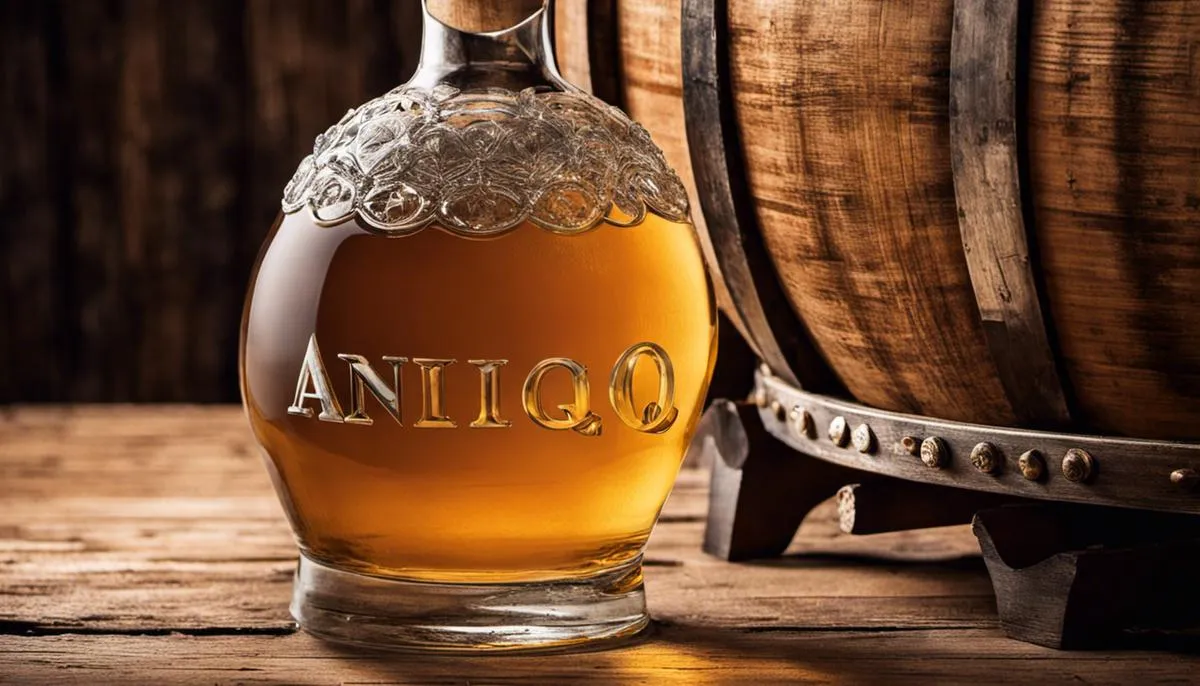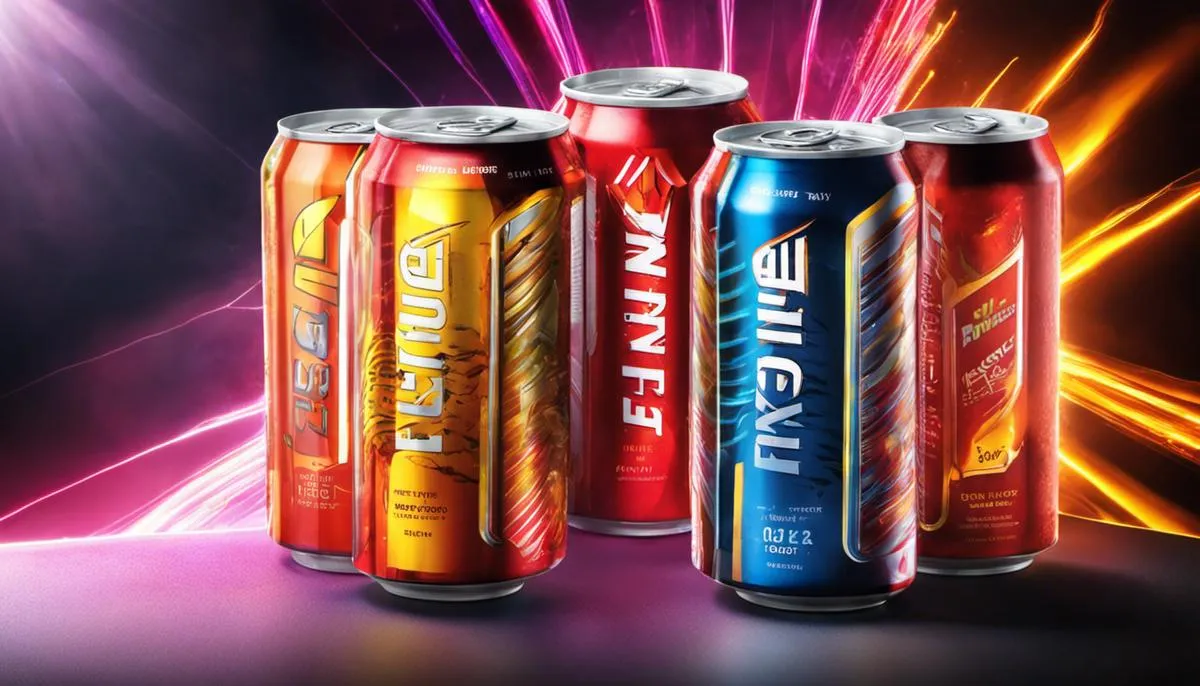Originating from the heart of Mexico, and steeped in centuries-old traditions and techniques, añejo tequila boasts a robust flavor profile that has captured the taste buds of many, making it a staple of the spirits world. Añejo, meaning “aged” or “old,” offers a distinctive experience that sets it apart from the younger, less mature varieties of tequila. Its production involves a meticulous and lengthy process, beginning with the harvesting of the blue agave – the plant from which all genuine tequila is distilled. The methods employed in creating this refined spirit, along with the specific regulations governing its authenticity, are an art form just as much as they are a science. Furthermore, the nuances of tasting añejo entail an appreciation for its unique complexities and a keen sense for pairing it with the right foods. Delving into the world of añejo tequila unfolds the rich cultural narrative woven into every sip, offering a dynamic, layered experience that goes beyond mere drinking.
The Definition and Production of Añejo Tequila
Añejo Tequila: A Premium and Aged Spirit
Añejo tequila, a variety of tequila, is a premium type that originates from Mexico. The term “añejo” in Spanish translates to “aged” or “vintage,” indicating the aging process the tequila undergoes before it’s bottled and sold. Distinct from blanco (white) or joven (young) tequilas, añejo tequila boasts a distinctive rich flavor and golden color, somewhat losing its initial harshness and gaining a smoother, complex depth. This distinctive tequila must be made with the blue agave plant, specifically Agave tequilana Weber, officially stipulated by the government of Mexico. It is this blue agave plant, only fully matured after about eight to twelve years, that gives the añejo tequila its hallmark flavors.
The Production Process of Añejo Tequila
The production process of añejo tequila is carefully regulated. The ripened agave plants are first harvested, then the leaves are removed to reveal the core or the ‘piña,’ which resembles a large pineapple. These piñas are subsequently cooked slowly in traditional brick ovens or modern autoclaves, converting the complex carbohydrates into simple sugars. Once cooked, they’re crushed to extract the juice, referred to as the agave’s ‘honey water.’ This sweet natural juice then undergoes fermentation, a crucial step where yeast transforms the sugar into alcohol.
Understanding Añejo Tequila and its Unique Aging Process
What truly distinguishes añejo tequila from other types is its unique aging process. Under older Mexican regulations, a tequila could only earn the ‘añejo’ distinction if it spent at least one year maturing in oak barrels. These rules have since evolved, with current legislation calling for a minimum of three years of aging for a liquor to qualify as añejo. This extended aging period, typically carried out in either French or white oak barrels, imbues the tequila with its signature amber hue and intricate flavors. The attributes of the barrels themselves can introduce subtle notes of caramel, spice, and smoke, culminating in a tequila known for its smooth, high-end finish, ideally suited for sipping straight rather than incorporating in cocktails.
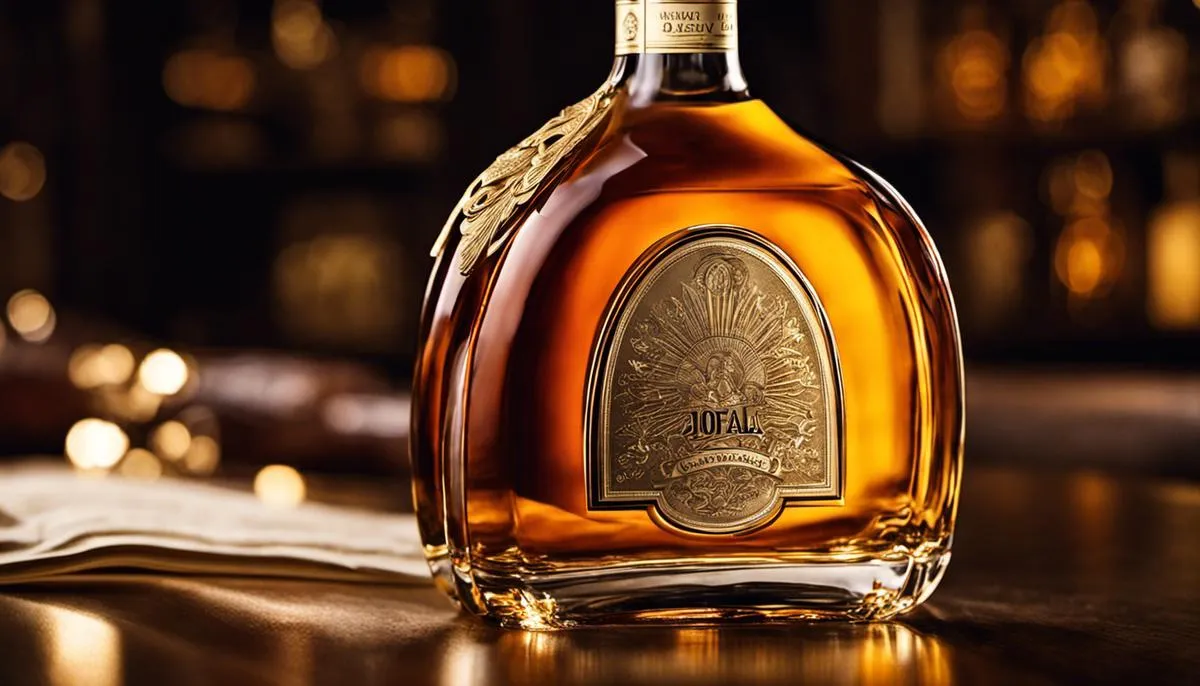
The Regulation and Authenticity of Añejo Tequila
Distinguishing Añejo Tequila: Time-honored, Quality-driven
Loosely translating to “aged” or “vintage,” añejo tequila represents a special category of tequila governed by rigid regulations and stringent production standards in Mexico. For a tequila to gain the añejo label, Mexican regulations mandate it to be housed in oak barrels for no less than 12 months. The barrels used in the aging process are restricted to a maximum capacity of 600 liters, and many producers opt for whiskey or bourbon barrels to infuse nuanced flavors into the spirit. This demanding aging procedure imparts añejo tequila its iconic dark hue and layered flavors, further setting it apart from different varieties of tequila.
Understanding Añejo Tequila
Añejo tequila, a premium, aged spirit, is subject to official designations that certify its authenticity. It’s essential to look for the certification of “100% Agave” to guarantee that the tequila is made solely from the blue agave plant, without any auxiliary sugars or additives. Another important certification comes from the Consejo Regulador del Tequila (CRT), or the Tequila Regulatory Council, which reinforces the authenticity of the versión. It’s also vital to grasp the differences between tequila types – blanco (or silver) is unaged and the youngest of the family, reposado is aged between two months and a year, while añejo is aged for at least one year. The aging process impacts everything from color and flavor to complexity and smoothness. Given its extended aging period, añejo typically presents a darker color, smoother texture, and a more intricate flavor profile in comparison to its kin.
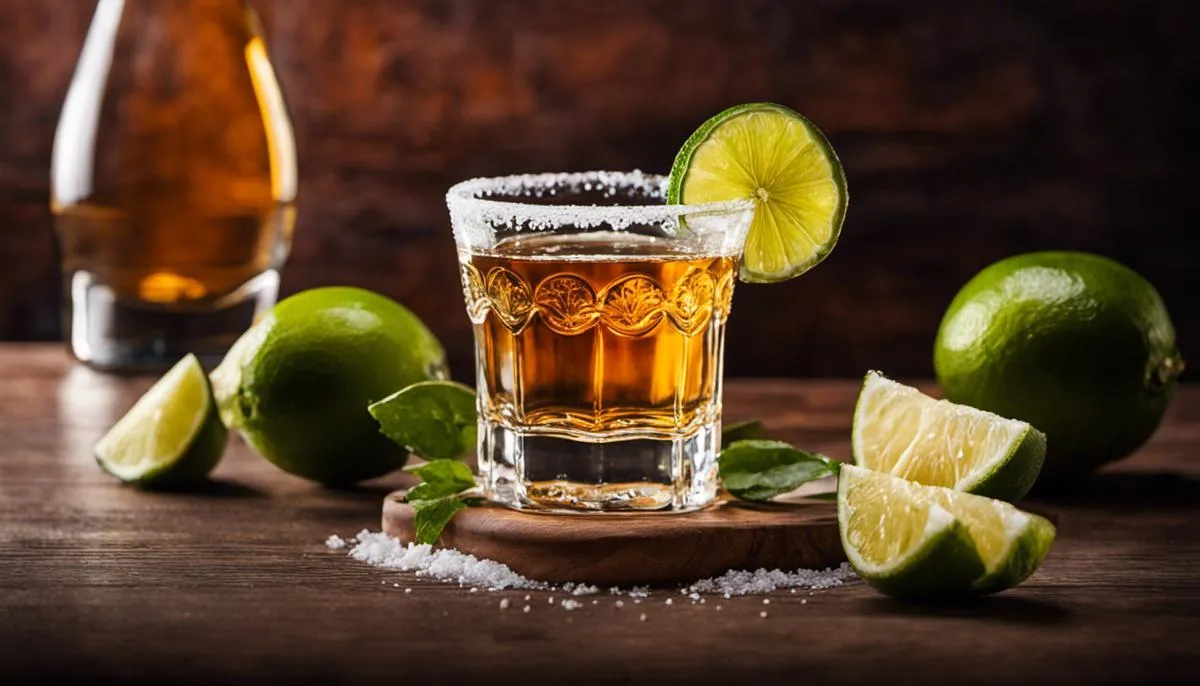
Tasting Notes and Pairing Suggestions for Añejo Tequila
Appreciating the Taste of Añejo Tequila
Añejo tequila is distinguished for its wealth of flavors and its intoxicating aroma. Matured in oak barrels for a minimum of one year, and up to three years, the tequila develops a deep golden hue and a tapestry of warm, comforting flavors. Tasters frequently compare its flavor notes to that of vanilla, caramel, and butterscotch, with undertones of tropical fruit and warm spice. The scent emitted by añejo tequila is soft and nuanced, revealing whispers of sweet oak, ripe fruit, and toasted almonds.
Sampling añejo tequila is an exercise in patience – it’s not a spirit to be rushed. Savor every sip to truly appreciate the complexity achieved through the aging process. Pay attention to the feel of the tequila on your palate, its viscosity, and the after-effects it leaves, including the warmth of the alcohol and the residual flavor. Use all your senses in this tasteful journey – the sound as the tequila is being poured, the appearance of the spirit in your glass, and above all, the distinct, multifaceted aroma which makes añejo tequila a true delight for the senses.
Pairing Suggestions for Añejo Tequila
Añejo tequila’s rich and complex flavor profile makes it a perfect match with a number of different foods and other spirits. It pairs well with meats like grilled steak or roast pork, where the robust, smoky flavors of the grilled meat are complemented by the tequila’s rich notes of caramel and spice. Fruity desserts like poached pears or apple tart also make a delightful pairing, with the sweetness of the fruit balanced by the natural earthiness of the tequila.
Besides food pairing, Añejo tequila is also excellent enjoyed neat or on the rocks, highlighting their intricate flavors. Additionally, the richness of the tequila can serve as an intriguing base for classic cocktails like the Old Fashioned or Manhattan. Whether you’re sipping it solo or pairing it with a meal, añejo tequila truly shines when it’s savored slowly, revealing its depth and complexity with each sip.
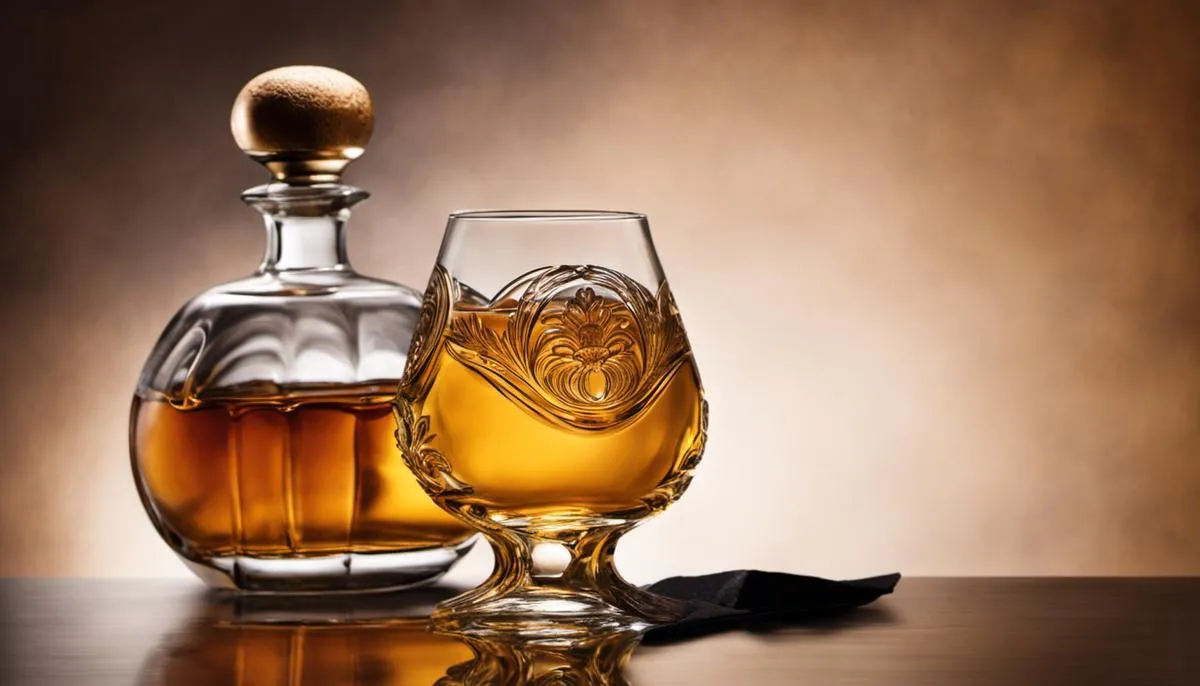
The indulgence in añejo tequila is an exploration of an age-old Mexican tradition, a journey into a world where ancient techniques meet contemporary tastes to produce a spirit that embodies both timelessness and sophistication. Understanding its production process from agave field to distillery, and the stringent regulations that ensure its authenticity, gives one a deeper appreciation of the craft. With a rejuvenated understanding of the exquisite flavors, aromas, and ideal pairings that each bottle of añejo offers, your tequila tasting encounters can blossom into well-informed, enriching experiences. Thus, whether you’re a first-time taster or a seasoned sipper, a deeper awareness of añejo’s rich narrative and intricate production will undoubtedly enhance your enjoyment of this dynamic, globally-renowned Mexican delight.





